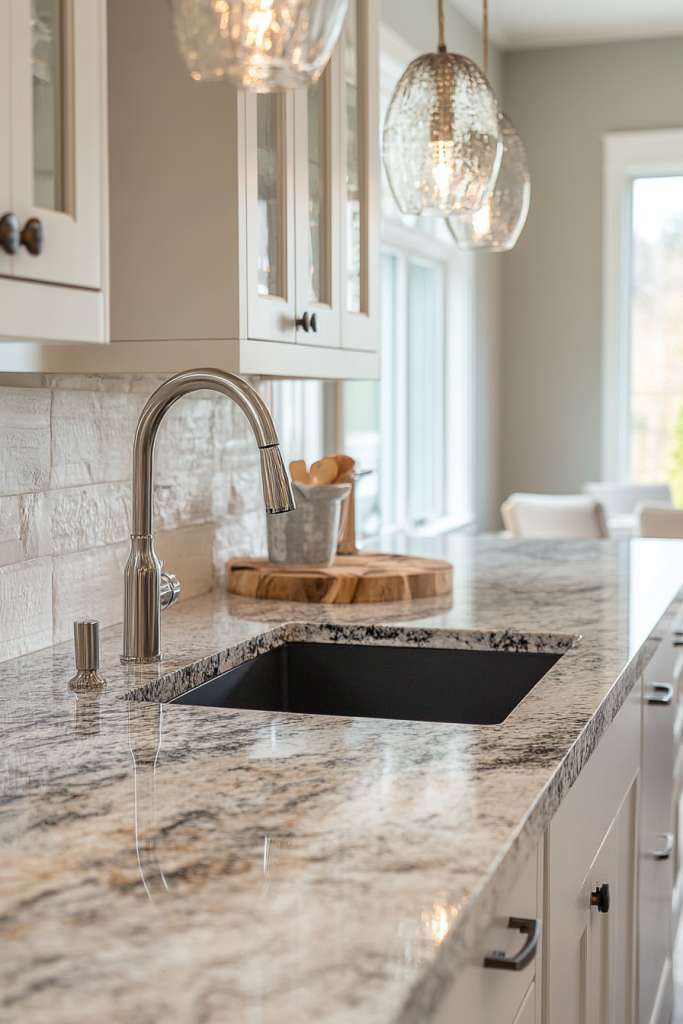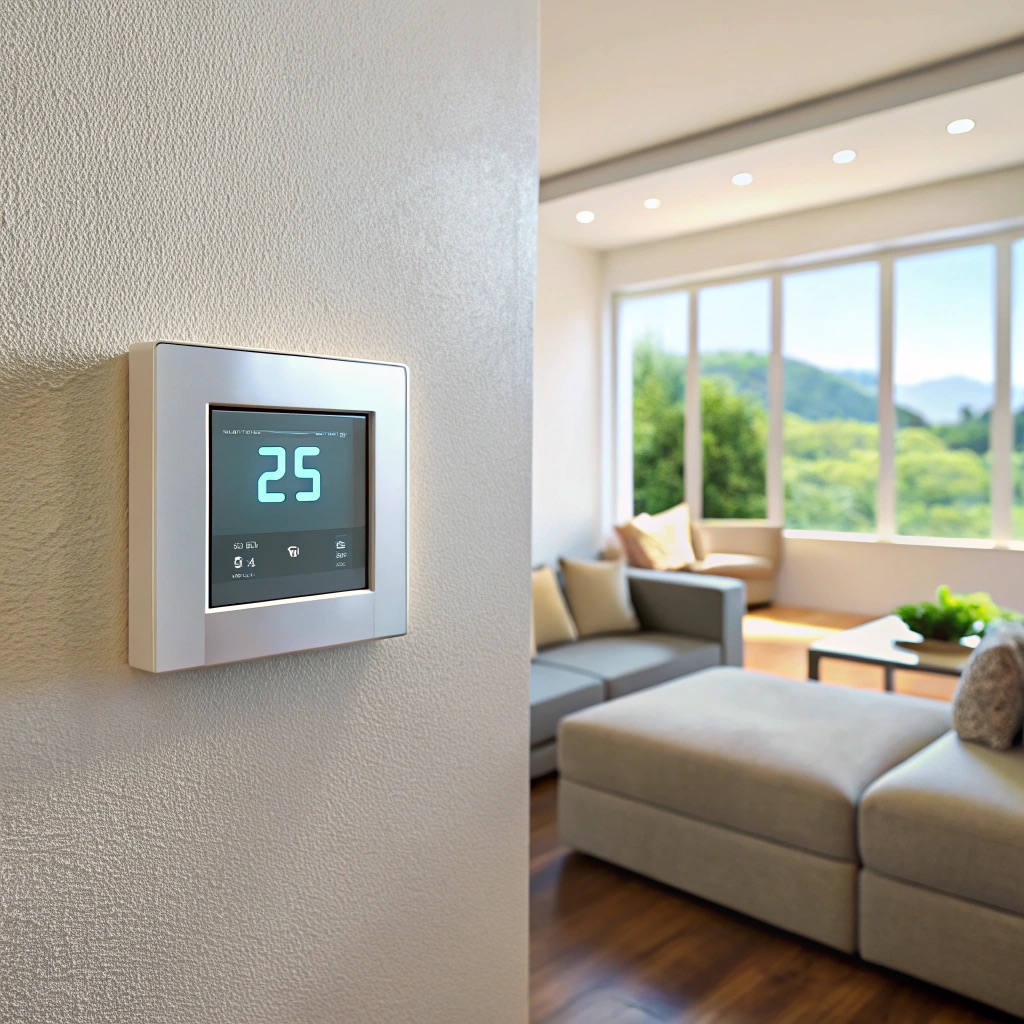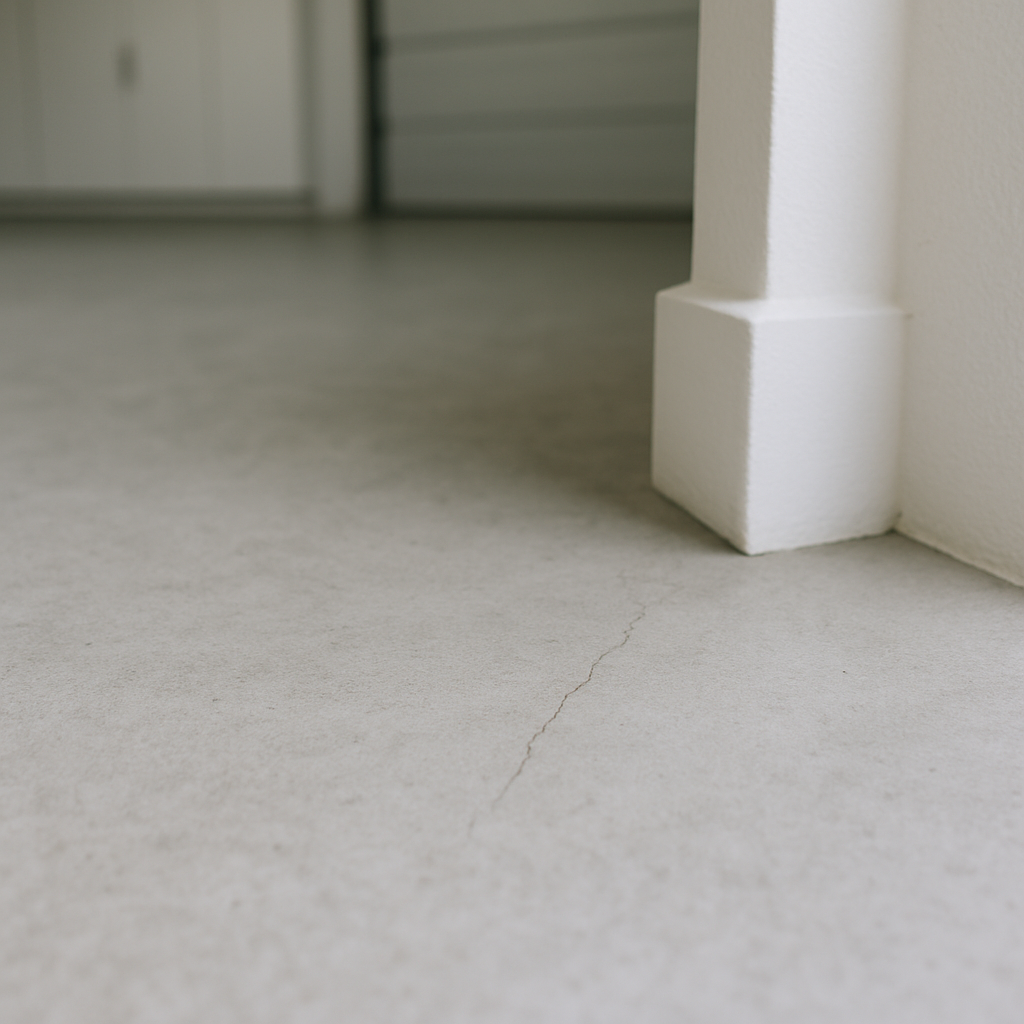Last updated on
Stone surfaces have long been used in architecture and interior design. From grand Roman architecture to modern homes, the timeless beauty and durability of natural stones have captivated the hearts of homeowners, architects, and interior designers all over the world.
The use of stone surfaces evolved in tandem with design trends and lifestyle changes. Today, modern houses boast unique interior and exterior applications of natural and engineered stone surfaces. Here are some of the examples from which you can take inspiration.
What's Inside
Countertops

One of the most common applications of stone surfaces is countertops. It can be any countertop – kitchen or bathroom. A countertop is a surface area that provides you with a space to do cooking preparations or arrange products effectively. Since countertops are frequently used, they should be durable enough to resist scratching, etching, and staining. Below are the stones commonly used for countertops.
- Granite: Granite countertops, known for their impeccable strength, can bravely endure everyday wear and tear, making them ideal for busy kitchens. Its natural brilliance in color and pattern can elevate any design style.
- Marble: A luxurious beauty, marble envelops any space with its sophisticated charm and divinity. Despite being softer and more porous than granite, marble’s soft colors and delicate veining make it a preferred choice for luxurious bathrooms and kitchens.
- Quartz: Quartz is an engineered stone that has reached the pinnacle of its popularity. Its superior resilience and consistent aesthetic are perfect for those who create uniform and harmonious spaces. The stone is immune to bacteria and mold growth, making it a hygienic choice for countertops.
Flooring
Stone flooring is the cornerstone of any interior design. The right stone flooring contributed to the overall durability of a space while elevating its appearance. Even though marble and granite are widely used for flooring, here are some unique options you can include in your interior design scheme.
- Limestone: With its soft colors and crystalline luster, limestone makes a unique choice for flooring in living areas. It’s warm color palette and subtle veining create a serene and inviting ambience.
- Travertine: Prized for its earthy tones and textures, travertine flooring adds a touch of timelessness to a space. The stone is widely used in foyers, bathrooms, and outdoor areas like pool surrounds and patios.
- Slate: Slate is a great choice for flooring because of its exceptional durability and rugged appearance. With its dark and rugged appearance, Slate adds character to the floor. Its anti-slip nature makes it perfect for water-prone areas.
Outdoor Spaces
Natural stones are perfect for outdoor applications as they can withstand environmental impacts like UV rays, snow, and rain. Travertine, marble, soapstone, limestone, and granite are extensively used in outdoor projects. Here are some outdoor applications of natural stones.
- Patios and Terraces: Natural stones such as travertine and dolomite are used in patios and terraces. These stones are highly robust and provide a non-slip surface suitable for outdoor gatherings.
- Garden Pathways: Garden pathways frequently feature stones like slate and granite. These materials blend perfectly with the natural environment, providing both utility and aesthetic appeal to garden spaces.
- Pool Surrounds: Stone surfaces such as travertine and limestone are popular choices for pool decking due to their slip-resistant characteristics and ability to stay cool underfoot, even in direct sunlight.
Wall Cladding and Facades
Stone surfaces are also widely used in wall cladding and building facades. The inherent strength of the stone enhances the durability and longevity of any residential and commercial building.
- Exterior Facades: Travertine, granite, and limestone are popular stones used in building facades to produce a visually appealing and long-lasting exterior. These stones provide excellent insulation and protect the building from inclement weather.
- Interior Wall Cladding: Marble, quartz, and granite are some stones often used for interior wall cladding. Stone cladding instills a sense of natural beauty and refinement. Stones can be used to create stunning accent walls in living rooms, fireplaces, and even restrooms. Their various textures and colors can complement or contrast with other elements in a room.
Fireplaces
Fireplaces are an important feature in homes. Modern houses often feature accent fireplaces with gorgeous stones that stand out from the rest of the interior. Whether you have a grand or minimalist fireplace, using natural stones as fireplace surround can definitely accentuate its overall aesthetic. Granite, marble, onyx, and quartzite are commonly used as fireplace surrounds. These stones can endure high temperatures without being structurally or aesthetically impacted. Also, you can use slate and soapstone to make a hearth.
Bathroom Surfaces
Bathrooms in residential and commercial buildings are where stone surfaces are used extensively. The stones used in bathrooms should be resistant to water, heat, scratching, and etching. Also, they should be anti-slip.
Here are some key areas where stone surfaces are used:
- Vanity Tops: Just like kitchen countertops, vanity tops must be durable and easy to clean. Marble, quartzite, and granite are popular choices for creating luxurious vanity tops.
- Shower Walls and Floors: Stone surfaces, such as quartz, marble, and travertine, are often used for shower walls and floors. These materials provide a sleek and inviting look to any bathroom setting.
- Bathtub Surrounds: The bathtub is a luxury feature in bathrooms. Therefore, stones like onyx, quartzite, and marble can be used to create glamorous bathtubs that can serve as a focal point in your bathroom.
The applications of natural and engineered stone surfaces in interior design and architecture are not only confined to the basics. Modern architects and interior designers are coming up with innovative ways to utilize the excellent qualities of these precious stones in their projects. With the advancement of technology, we are about to witness some groundbreaking advancements in the ways stone surfaces have been used to create functional spaces.




